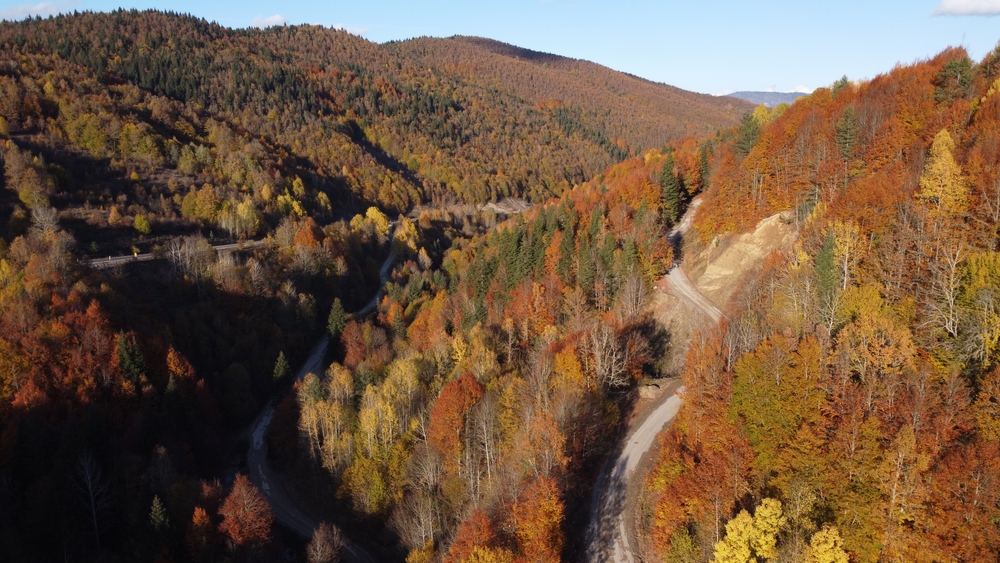Küre Mountains Overview
Küre Mountains National Park, known locally as Küre Dağları Millî Parkı, is a biodiverse and rugged protected area located in the northern part of Turkey, spanning the provinces of Kastamonu and Bartın along the Black Sea coast.
The park covers approximately 145 square miles, or about 375 square kilometers, and forms part of the larger Küre Mountain Range, which stretches parallel to the coast. The terrain is defined by steep, forested mountains, deep canyons, karstic formations, and numerous caves. Altitudes range from sea level to over 2,000 meters, resulting in a varied landscape that transitions from coastal ecosystems to highland forests.
Dramatic gorges, waterfalls, and river valleys—such as those carved by the Devrekani and Valla streams—add to the park’s wild and scenic beauty. One of the park’s most striking features is the Valla Canyon, one of the deepest in Turkey, known for its sheer walls and untamed natural setting.
The vegetation of Küre Mountains National Park is representative of the Euro-Siberian floristic region and includes some of the most pristine deciduous and mixed forests in Turkey. The forest cover is dense and diverse, dominated by Oriental beech, fir, hornbeam, and various oak species.
In higher elevations, coniferous trees such as Scots pine and black pine are prevalent. The understory is rich with mosses, ferns, and flowering shrubs, while karst plateaus support endemic plant species. The forest structure, ranging from lowland rainforests to alpine glades, provides critical habitat for a broad spectrum of flora and fauna, making the park a key biodiversity hotspot.
Wildlife in the park thrives due to its relatively untouched ecosystems and variety of habitats. Large mammals such as brown bears, gray wolves, wild boars, and roe deer are frequently recorded. The elusive lynx also inhabits the deeper forest areas.
The park’s canyons and river corridors support otters and foxes, while the skies above host raptors such as golden eagles, buzzards, and various owl species. Songbirds, woodpeckers, and warblers are commonly heard throughout the park’s forested areas. The rich biodiversity extends to reptiles, amphibians, and numerous invertebrates, including endemic beetles and butterflies that are important indicators of ecological health.
Popular features of Küre Mountains National Park include its vast hiking trails, scenic viewpoints, and geological wonders. Valla Canyon and Ilgarini Cave, one of the longest caves in the country, attract adventurers and spelunkers alike.
The Horma Canyon is another highlight, featuring wooden boardwalks that wind through a narrow gorge surrounded by lush vegetation and waterfalls. Visitors also enjoy the park’s tranquil rivers and the opportunity to explore remote villages that retain traditional Black Sea architecture and culture.
Visitors engage with the park through hiking, canyon trekking, caving, wildlife watching, and photography. Designated eco-routes connect trails, canyons, and local settlements, allowing for immersive exploration of both natural and cultural landscapes. Interpretation centers, observation decks, and ranger stations support educational and sustainable tourism experiences.
Conservation efforts in Küre Mountains National Park have been internationally recognized, especially through its inclusion in the PAN Parks Network as a model for wilderness conservation in Europe.
While challenges such as illegal logging, habitat fragmentation, and infrastructure development persist, collaborative management between government agencies and local communities has helped safeguard the park’s ecological integrity. Continued focus on low-impact tourism and biodiversity monitoring remains central to its long-term protection.
Park Map
Küre Mountains National Park Highlights
Share your clicks with us
Related National Parks More Turkey
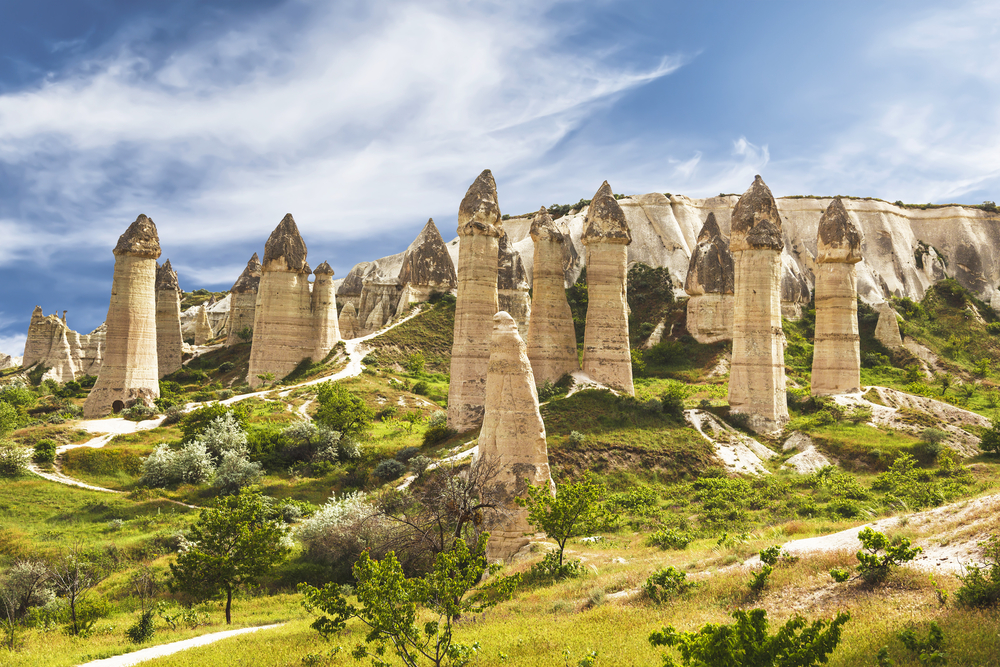
Göreme National Park
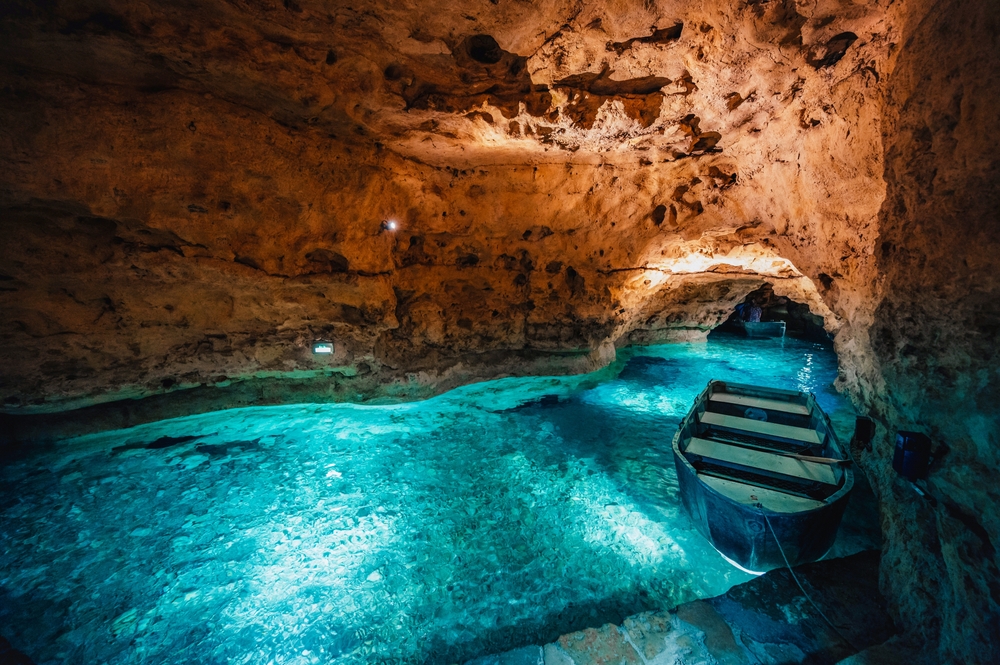
Derebucak Çamlık Caves National Park

Köprülü Canyon National Park

Karagöl–Sahara National Park
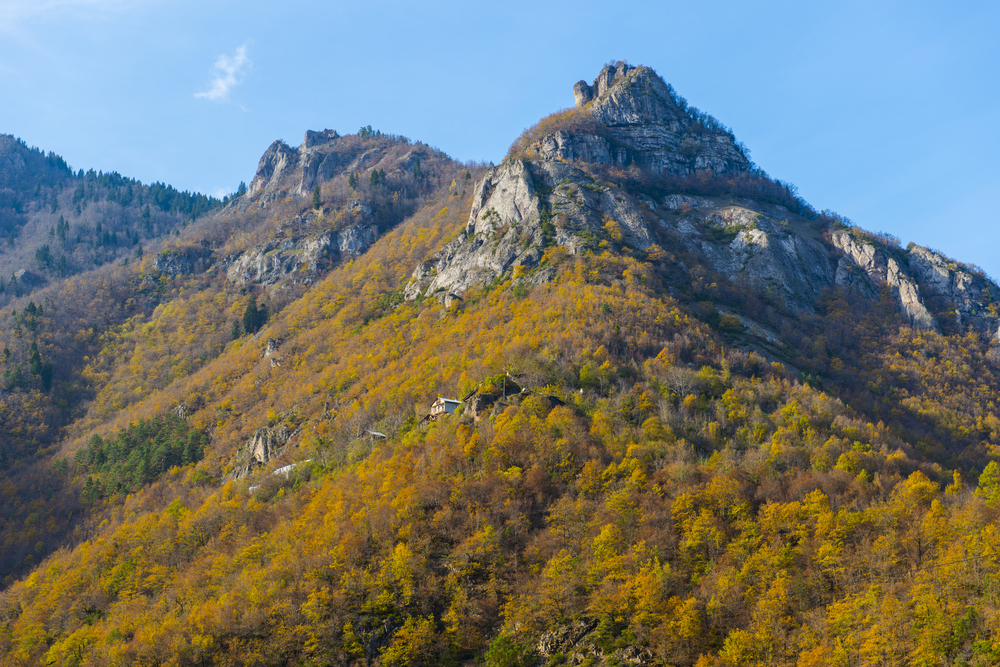
Hatila Valley National Park
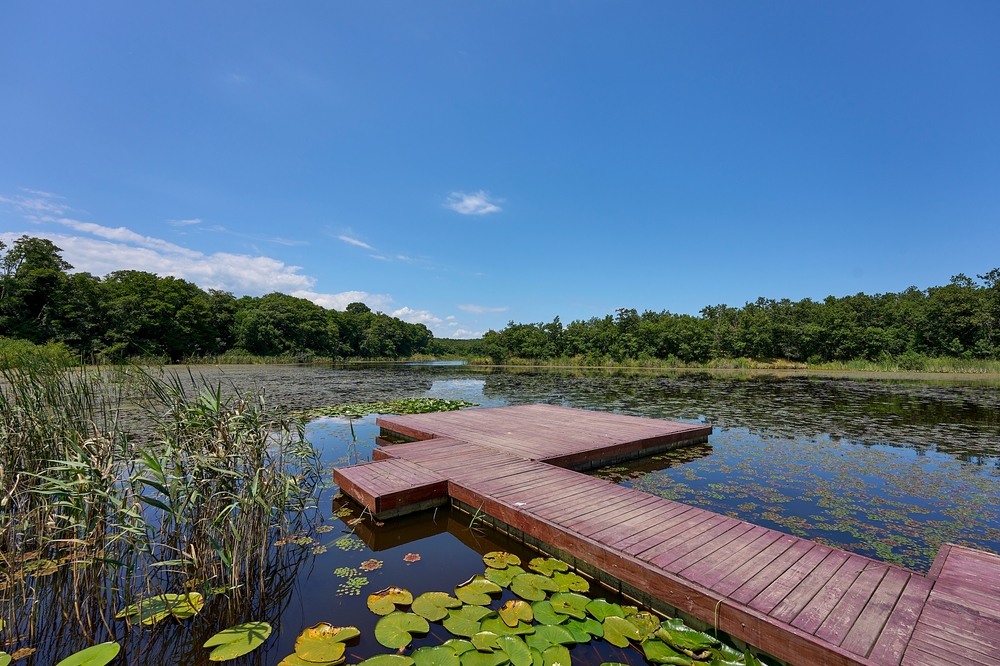
İğneada Floodplain Forests National Park

Kızıldağ National Park
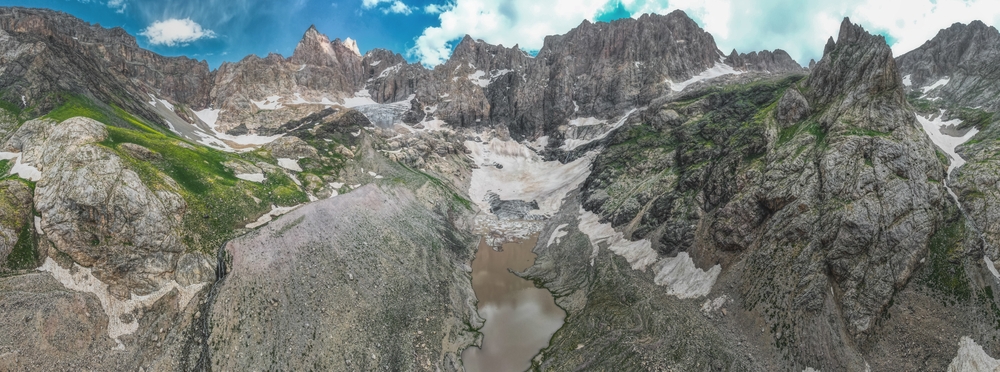
Hakkâri Cilo-Sat Mountains National Park
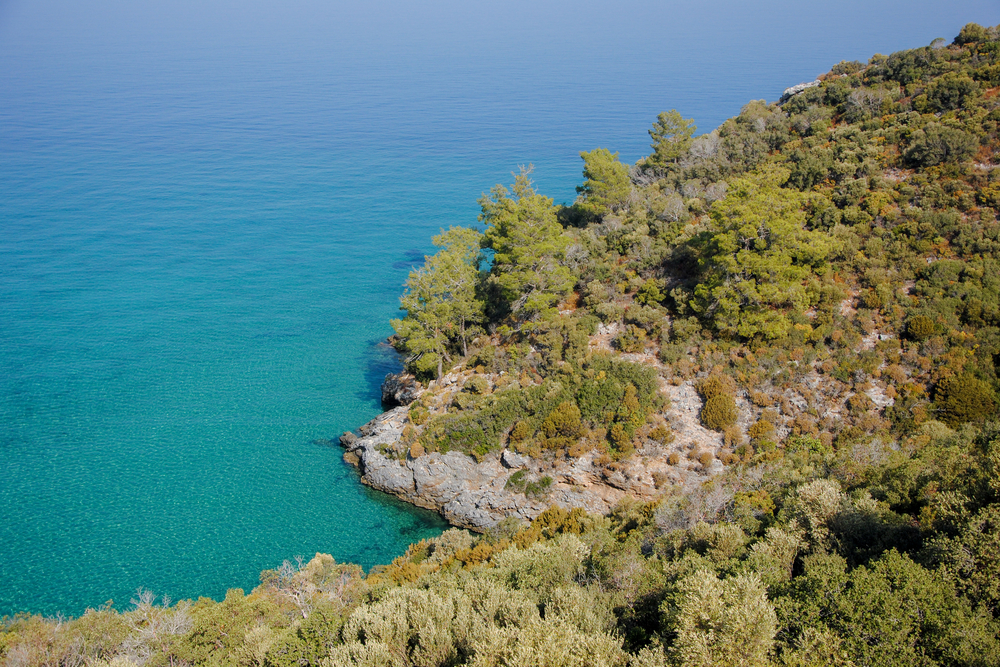
Dilek Peninsula–Büyük Menderes Delta National Park









































































